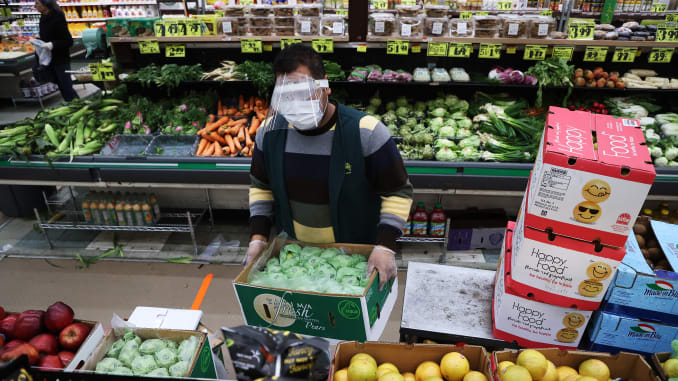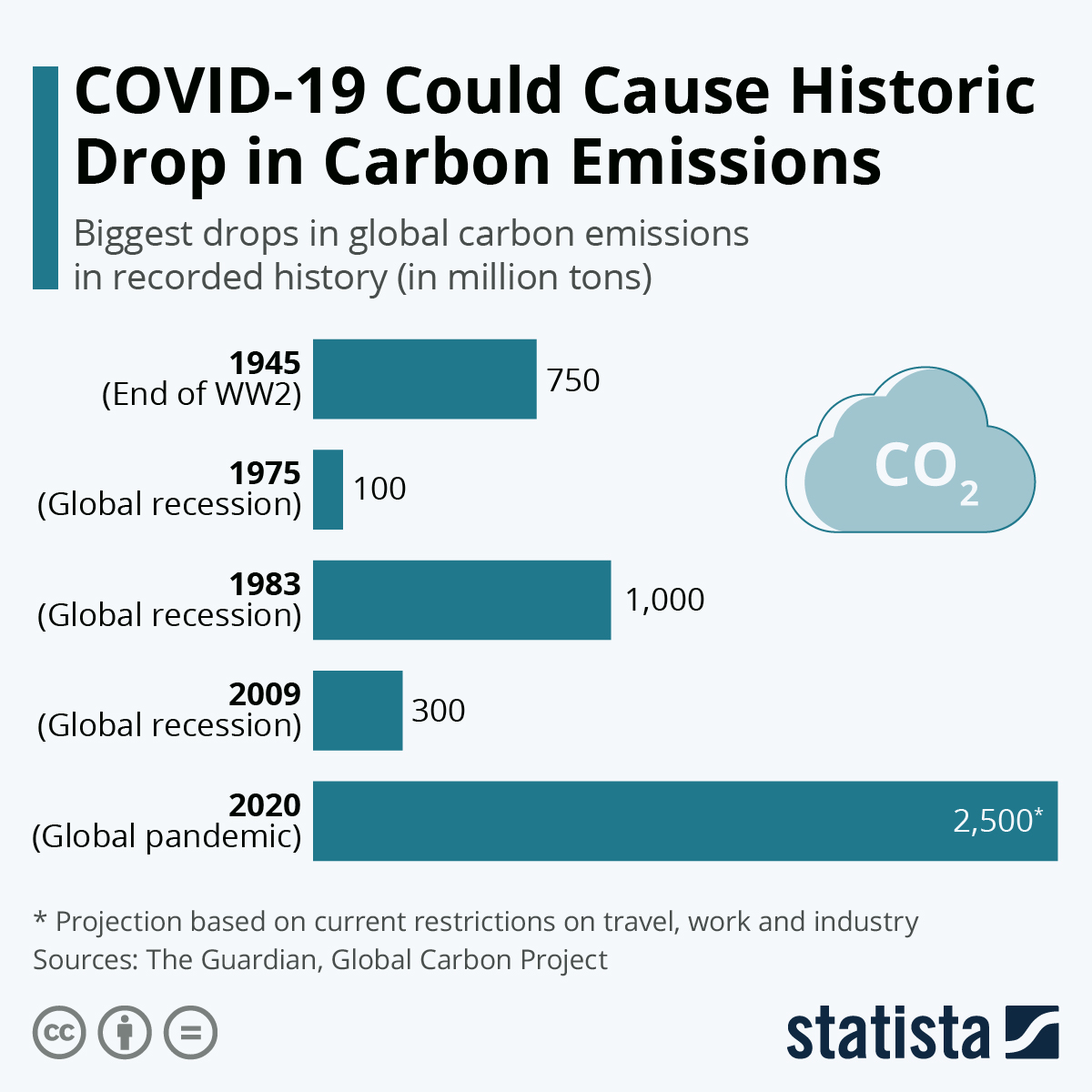Nurse leaders are faced with a spread of challenges each day, including managing resources, advanced planning, and goal setting, collaborating with other hospital and community leaders, improving quality measures, cutting costs, reporting to the board of directors, and lots of more. Being a nurse leader is much from easy. To be a good leader it takes stamina, persistence, and three essential skills.
The three top essential skills required of each nurse leader involve:
- Shared decision-making
- Relationship management
- Social awareness
 Today on The Healthcare Channel, we interview Prachi Javalekar, a role-model nurse leader and Clinical Auditor, at the Agency of Clinical Innovation of NSW Health.
Today on The Healthcare Channel, we interview Prachi Javalekar, a role-model nurse leader and Clinical Auditor, at the Agency of Clinical Innovation of NSW Health.
On Nursing Leadership
Where are you, and what is daily working life like for you right now?
I am working within the Evidence Generation and Dissemination Team at the Agency of Clinical Innovation- a pillar organisation of New South Wales Health.
We have been supporting the Critical Intelligence Unit set up the Secretary of NSW health with evidence-based advice specifically to support and inform decision-making during the COVID-19 pandemic. As part of this work, we produce ‘Daily Evidence Digest’ and ‘Evidence Checks’ (rapid reviews) which cover broad areas including epidemiological data, clinical advice, operational plans and incorporate evidence shared across peer-reviewed, grey literature and social media across other countries and jurisdictions.
My day starts with scanning through publications for articles published over the preceding 24 hours and finishes when daily priority tasks have been completed. Given the rapid pace and broad coverage, it can become rather challenging at times. However, having a critical care background, I do enjoy fast-paced working environment with lots to learn!
What have you found to be the single toughest nut to crack in this situation?
We are dealing with probably the worst global pandemic in the modern era. There is unprecedented pressure on the healthcare system across the globe. At an individual level, the stresses related to work, uncertainties related to a multitude of factors, fear of perceived risks, and limited opportunities to maintain strong social connections can fuel a lot of unhealthy distress. Maintaining psychological well-being for you and your family while dealing with the personal /professional and societal challenges can be tricky at times.
What can workplaces do to better support FOR THEIR EMPLOYEES during this time?
Maintaining wellbeing is always a shared responsibility. Individuals need to have an inherent understanding of their triggers for distress and adaptive coping mechanisms that work for them. Organisation needs to manage the balance of support with increased demand and stress on the business while preventing burnout. Organisations which have a robust framework and measures to manage employee wellbeing will have better success than organisations where employee wellbeing is managed as a result of the pandemic. The culture and support need to be there prior to the pandemic. Psychological safety, open and honest communication are fundamental to creating trusting and supporting environments that can prevent burnout and create viable workflows during increased demand.
During strenuous times such as this, organisations and employers play a crucial role in maintaining wellbeing for their employees. Although ‘supporting employees’ should not be a context-specific intervention, support mechanisms need to be enhanced to ensure businesses and organisations can not only withstand these challenges but also take these opportunities to strengthen their collective commitment towards their goals and this is possible only when employees feel valued and supported. This support needs to go beyond conventional counseling services to offer tailored, pragmatic support that is well-advertised, accessible, confidential, and embedded within a clear governance framework.
What impact do you expect this crisis to have on the global jobs market?
The global outlook does not appear to be positive. International Labour Organization predicts 1.6 billion workers could suffer from a significant impact on their income. COVID19 has caused at least temporary loss of businesses at a massive scale with the consequent reduction in labour requirement. There can be underemployment in the latter half of 2020 as the aftermath of this impact. self-employed workers haven’t been immune to the impact of the severe restrictions on people and goods movement either. I am afraid this may result in a downward spiral of decreased buying capacity and lower demand causing further delay in economic recovery.
Another aspect might be that skilled graduates might find it really hard to get into the job market despite having the capability to contribute to the economy. There is much less appetite for innovation when industries are much more focused on survival and recovery.
People are aware of the extraordinary work going on in the healthcare sector right now. But what about the forgotten heroes – people who might be exposing themselves to risk to keep the wheels of our societies turning? Who are the vulnerable workers, and what can be done to protect them?
The COVID-19 pandemic has posed challenges globally with pervasive consequences across multiple domains by damaging the very core of society. It has deepened the disparities between affluent and vulnerable and exposed the disturbing weaknesses within the social system.
A risk-based approach is needed to understand and define vulnerable groups within our society. It includes a range of essential workers working in health, service industry, essential services such as law enforcement, from teachers to personnel in supply chain management of goods and delivery, or shop assistants in supermarkets. The sad reality is that these individuals are engaged in the most precarious labour, work under an increased amount of pressure to meet the demand, and yet are mostly invisible when it comes to decision making at a population level. They are potentially the weakest link in our response and need to be well-supported, empowered to do the right thing, and adequately equipped to do so.

A grocery store worker wears a mask, gloves, and plastic visor
Al Bello | Getty Images sourced from CNBC
as a society, we have an obligation to ensure we do not deepen the polarity that already exists in today’s world. This will mean that businesses need to take a human right-based approach and protect vulnerable workers. Under the Work, Health, and Safety Legislation, businesses need to provide a safe environment for workers which means every organization needs to analyse the risks and hazards in the current climate and put strategies in place to mitigate those risks. A part of this is businesses having a clear understanding of the local government regulation, protocols, and guidance, and application of these in their specific context. This also includes consideration of individual risk factors and circumstances for employees and offering appropriate choices. Organisations have a unique opportunity to demonstrate a person-centered approach based on the human rights framework and make a social impact which is critical at time such as this.
Times of the crisis have historically also been opportunities for change. Are you optimistic that as we emerge from this, it could be a chance to create a better future?
Unfortunately, pandemics are not the only threat, and this may not be the last pandemic! Some dangers are quite obvious due to their rapid and intense nature while others are getting fierce over decades such as antibiotic resistance and climate change. It appears that Australia has managed at least the first wave really well for now, but many other countries have suffered immensely and the impact on economies and lives is inconceivable!
We are definitely aware of systems that are vulnerable under immense pressure. Having strong healthcare, public services, and education systems can make a huge difference in terms of resilience. Some critical gaps we can definitely improve on such as shortage of personal protective equipment in crisis. Sustainability and self-reliance need to be at the heart of our recovery.
There have been some innovative trends as well such as use of telehealth which needs to be leveraged and expanded for better quality, access, and equity in health. However, it will require overcoming various challenges including technical, logistical, ethical, regulatory, and acceptability. The pandemic has presented us an unparalleled opportunity to deeply reflect and analyse and redefine the aspects which can be adopted as part of ‘new normal’ such as at operational level, flexible working arrangements, or at a strategic level, what really constitutes as the value in value-based healthcare?
There have been some optimistic observations as well. Carbon dioxide emissions have plummeted dramatically due to lockdown in many parts of the world. Although it is not sustainable to restrict movement at such a scale, the situation has demonstrated that we can make a positive difference in a rather short time. Climate change is a real emergency and sustainability should be one of the top, if not the first priority when we rebuild nations.

Source: https://www.statista.com/chart/21414/record-drop-in-carbon-emissions/
I have great faith in our collective ability to remerge from any disaster. There is always a choice and chance to create opportunities for a better future, irrespective of the circumstances. An important question is as a species, are we going to demonstrate the strength, commitment, and wisdom of prioritising our collective interest which aligns well with the ecosystem we live in, ahead of our individual benefit?


















 Today on The Healthcare Channel, we interview Prachi Javalekar, a role-model nurse leader and Clinical Auditor, at the Agency of Clinical Innovation of NSW Health.
Today on The Healthcare Channel, we interview Prachi Javalekar, a role-model nurse leader and Clinical Auditor, at the Agency of Clinical Innovation of NSW Health.












